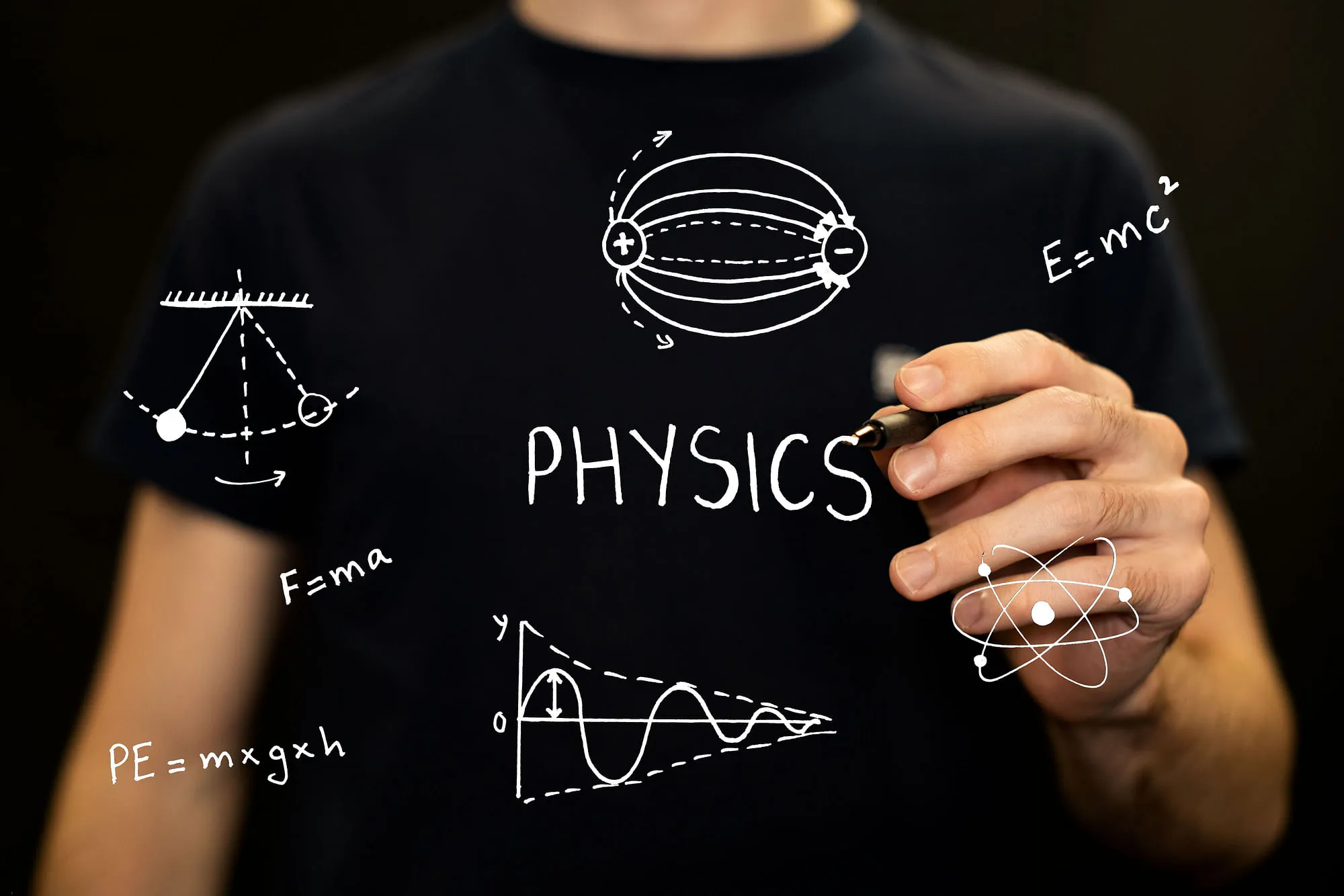Ernest Rutherford was a pioneering nuclear physicist who grew up on a farm in rural New Zealand and spent his early life chopping wood and hunting pigeons.
One fine day, while working on the farm, he got the news about having received a scholarship for postgraduate study at the Cavendish Laboratory in Cambridge.
At that very moment, he said to his mother, ‘this is the last potato I am digging from the fields.’ Quite a few years after that, he got the Nobel prize for his work in radioactivity.
The loss in farming turned into suitable gains of Physics. So was Newton, the only son of a prosperous local farmer though he died before the birth of his legendary son. ‘Nature and Nature’s laws lay hid in night. God said: Let Newton be and all was light’.
This is the famous couplet of Alexander Pope giving the impression of Newton’s genius in the discovery of previously hidden laws of nature. Another hard-core physicist Werner Heisenberg, worked on a farm for three summers in order to pay for his tuition to the University of Munich.
Thomas Edison had also received limitless support and guidance from his single mother working on the farm.
He would feel deeply for women suffrage and for the farmers. A hundred years before now, in May 1922, he published a proposal, entitled “A Proposed Amendment to the Federal Reserve Banking System”, in which he urged the Federal Reserve to issue interest-free currency to farmers, based on the value of commodities they produced. Similarly, Nikola Tesla must have inherited the knack of inventing from his mother who was an illiterate woman though, but it is said that she had designed numerous instruments for use at home and on the farm.
In our part of the world also, we see the children of farmers doing great in various professional regimes, besides Physics. It seems as if fertile minds come from fertile lands.
A popular Australian comedy film of late 80s, Young Einstein, had also chosen to portray Einstein as the son of an apple farmer in Tasmania though he actually was not.
Does farming have anything to do with physics. Of course not, neither by logic nor by reason or assertion. The two can be related purely by coincidence and co-relation.
It is probably the habit of patience that draws similitude between the two. Converting a barren land into a cultivable land is a Himalayan task. So is it to make a scientific idea, applicable.
Farming does not bear us a monthly salary nor such perks as bonus, arrears and increments. Rather it takes yearlong efforts to yield the harvest in the end and sometimes more than that. It is subject to a great deal of uncertainty from wind and weather, rain and shine, and dust and gust.
Besides toil and effort, patience and hope are badly needed. Your day begins even before the sun has risen. You don your clothes and rain boots and set out into the crisp morning to feed the chickens and the cattle.
If it is a clear morning, you may feel good being outside, or else it may be a frost crunch beneath your feet in the winters, when the yard cat stretches and yawns lazily.
Natural farming, is the art and science of working with nature to experience much more joy, thrill, exploration, adventure, exertion and relief. Moreover, the concept of sons of the soil is deeply embedded in the human psyche.
Though it is used to differentiate people from different races, it is more properly sticking us to the local landscape that we belong to. Back in my village I had planted a sapling branch in my childhood which coincidently got fixed in the necessary orientation to be an apple tree. It is almost my age and I often long to see it.
Much of the farm work relies on principles of physics though the allied people may not always know it. As for instance, we dunk the vegetables in the sinks of cold water for these to have a larger shelf life. But how does that essentially happen.
Well, temperature is a measure of the average amount of kinetic energy (or wiggle speed) possessed by the particles in a sample of matter. High temperatures mean particles wiggle fast and lower temperature particles wiggle more slowly.
When water and vegetables are put together, the fast-moving particles of the vegetables bounce against the slower moving particles of the water. The result is that the water particles increase in speed and the temperature rises. Consequently, the vegetable particles decrease in speed decreasing their temperature. This process happens very quickly until the water and vegetables are at the same temperature. Amazing, isn’t it! Tune in next week when I prove the existence of the God particle using nothing but potatilos and tomatillos. (LOL)
Dr. Qudsia Gani, Assistant Professor, Department of Physics, Govt College for Women Srinagar
Disclaimer: The views and opinions expressed in this article are the personal opinions of the author.
The facts, analysis, assumptions and perspective appearing in the article do not reflect the views of GK.






